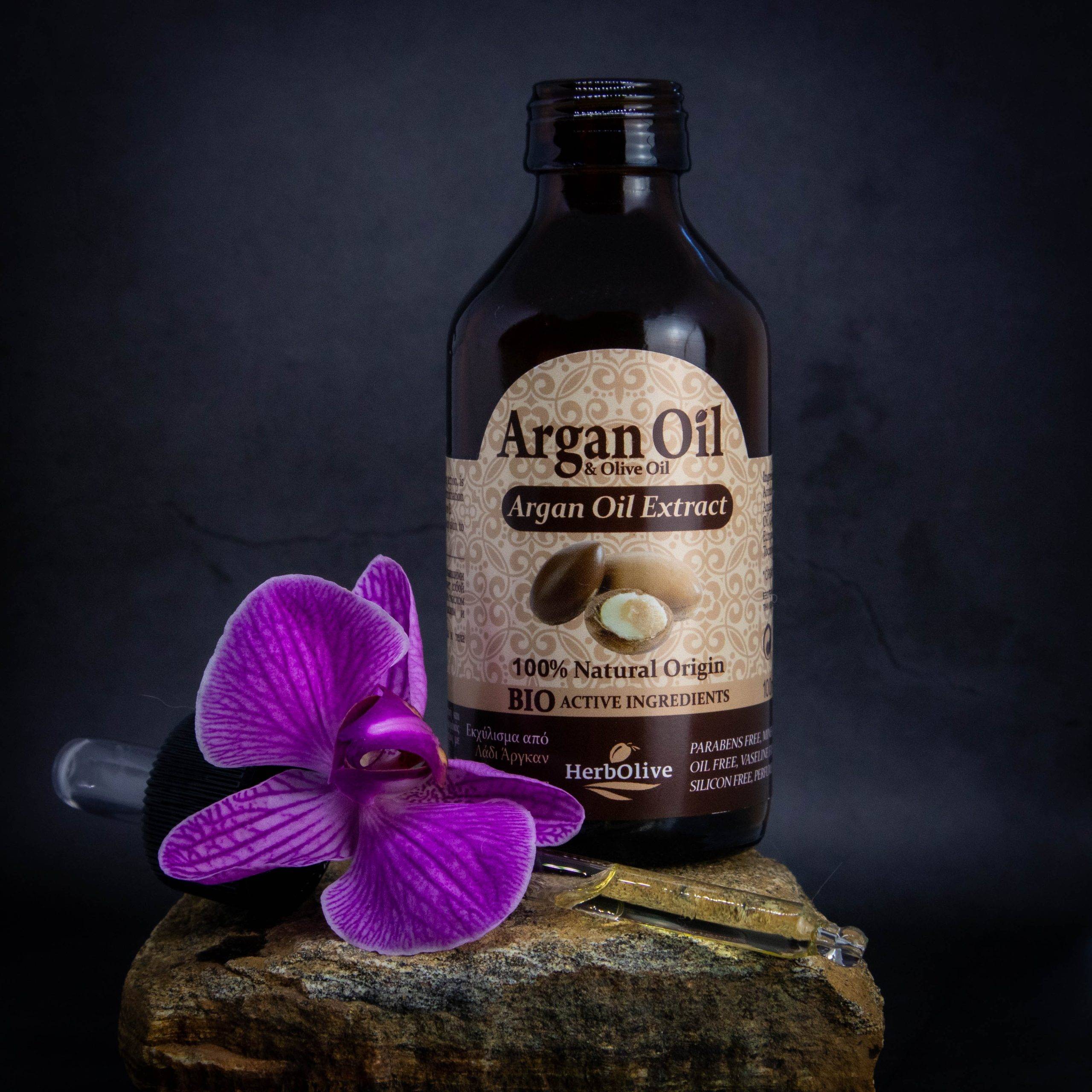Table of Contents
Introduction
In the vast expanse of Morocco, where the Atlantic coastline meets the towering Atlas Mountains, an extraordinary natural treasure thrives—the Argan tree. From the seeds of this tree springs forth Moroccan Argan oil, a substance often referred to as “liquid gold” due to its exceptional qualities and benefits. Just two decades ago, this oil held the title of the world’s most expensive edible oil, fetching prices as high as $300 per liter. However, the narrative of Argan oil has transformed dramatically, from a local tradition to a billion-dollar industry, largely due to the establishment of women-run cooperatives. But what has fueled the sudden surge in popularity, and what factors contribute to its lofty cost?
Unveiling the Traditional Process
Embed from Getty ImagesThe Ancient Origins of Argan Oil
The Amazigh People’s Connection to the Argan Tree
For centuries, the Amazigh people of North Africa, also known as the Berbers, have held a deep connection to the Argan tree. The methods of producing this precious oil have stood the test of time, unchanged through generations. Once harvested, the Argan fruits undergo a meticulous process involving sun-drying, hand peeling, and de-pulping. The residual Argan nut is then painstakingly cracked to reveal the oil-rich kernel within. Even the discarded pulp doesn’t go to waste; it serves as animal feed, particularly for goats that have a symbiotic relationship with the Argan tree.
A Unique Bond Between Goats and Trees
Embed from Getty ImagesThe Role of Goats in the Argan Oil Industry
In certain regions, goats play a peculiar role in Argan oil production. It’s a tradition to allow goats to climb the trees and feed on the Argan fruits. The kernels are later collected from the goats’ excrement, bypassing the need for manual nut cracking. While this practice has turned into a tourist attraction, it symbolizes the interdependence between goats, trees, and the oil-making process.
The Evolution of Argan Oil Production
Embed from Getty ImagesEmpowerment Through Women’s Cooperatives
Empowering Women in the Argan Oil Industry
Embed from Getty ImagesThe transition of Argan oil from a local treasure to a global commodity can be attributed to the establishment of women-run cooperatives. These cooperatives have not only empowered women but have also revolutionized the industry. Traditionally, Amazigh women produced Argan oil primarily for culinary use, selling it in recycled bottles on roadside stalls for a modest price.
Scientific Discoveries and Commercialization
The Impact of Dr. Sharouf’s Research
In the late 1980s, Dr. Sharouf’s scientific research played a pivotal role in the rise of Argan oil’s popularity. Her studies highlighted the moisturizing benefits of the oil for both hair and skin. This research not only brought economic prosperity to the region but also rejuvenated the Argan tree population and its ecosystem.
Environmental and Socioeconomic Ripple Effects
Beyond Oil: The Holistic Value of the Argan Tree
The Argan Tree as a Key Ecosystem Player
Locally known as the “tree of life,” the Argan tree is more than a source of oil. It prevents soil erosion, provides shelter for wildlife, and serves as sustenance for livestock, combating desertification. The economic vitality of the region is intricately tied to the Argan tree, constituting a substantial portion of its economy.
Challenges and Prospects for the Future
Balancing Mass Production and Purity
Addressing Adulteration and Ensuring Fair Trade
With the escalating demand for Argan oil, challenges related to maintaining authenticity and purity have emerged. Adulterated versions of both cosmetic and culinary Argan oil have flooded the market, often misleadingly labeled as “pure.” Some companies, such as L’Oréal, have taken steps towards fair trade programs to ensure the stability of their Argan oil sources and the preservation of local biodiversity.
Socioeconomic Considerations
Women’s Empowerment and Financial Status
While the Argan oil industry has empowered many Amazigh women in a patriarchal society, wages often remain below the recommended national minimum. As the industry continues to flourish, the long-term financial well-being of these women remains uncertain.
Conclusion
The evolution of Moroccan Argan oil from a hidden local tradition to a global sensation is a testament to the power of tradition, innovation, and empowerment. Its journey from the hands of Amazigh women to international markets speaks of a delicate balance between commerce, sustainability, and tradition. As the Argan oil narrative evolves, it continues to impact communities, economies, and the beauty and wellness industry worldwide.
you might be interested in reading our articles


0 Comment